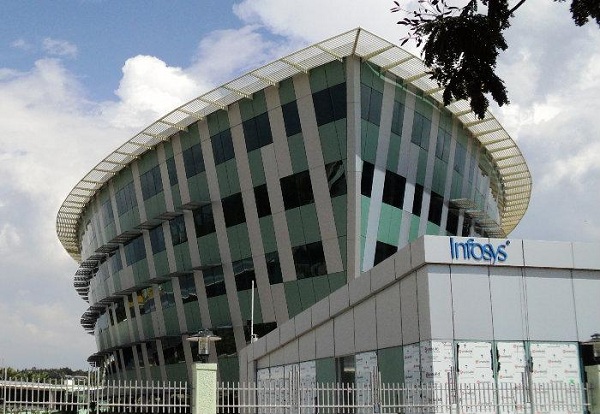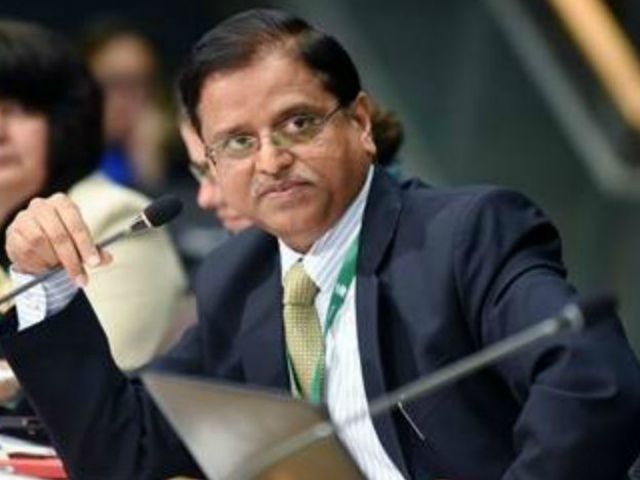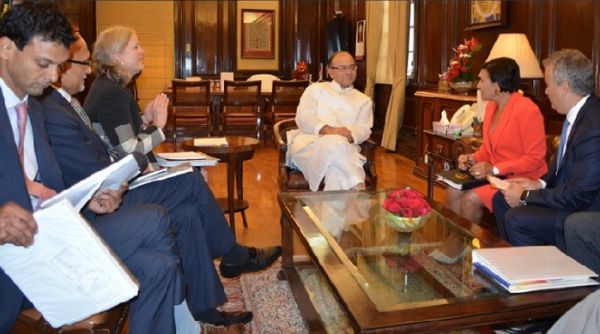Entrepreneurial activity has percolated through every sphere of human endeavor. Of late the students coming from Madrassas or Islamic seminaries, those who mostly look for the jobs in mosques and seminaries as Imams, Muazzins (those calling faithful for prayers...










